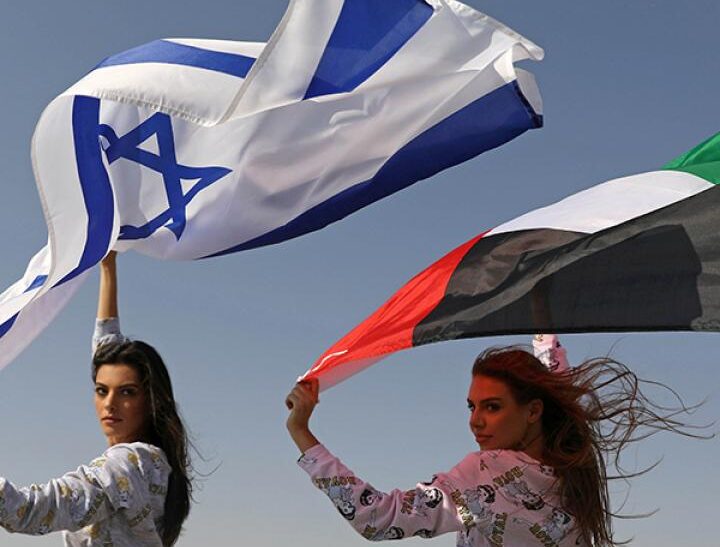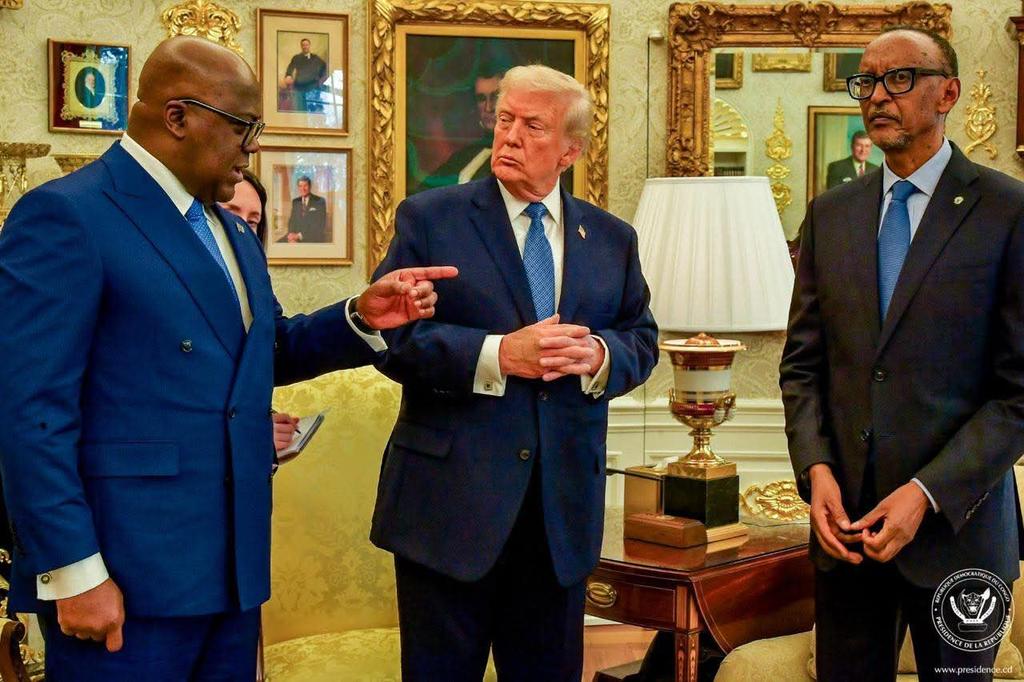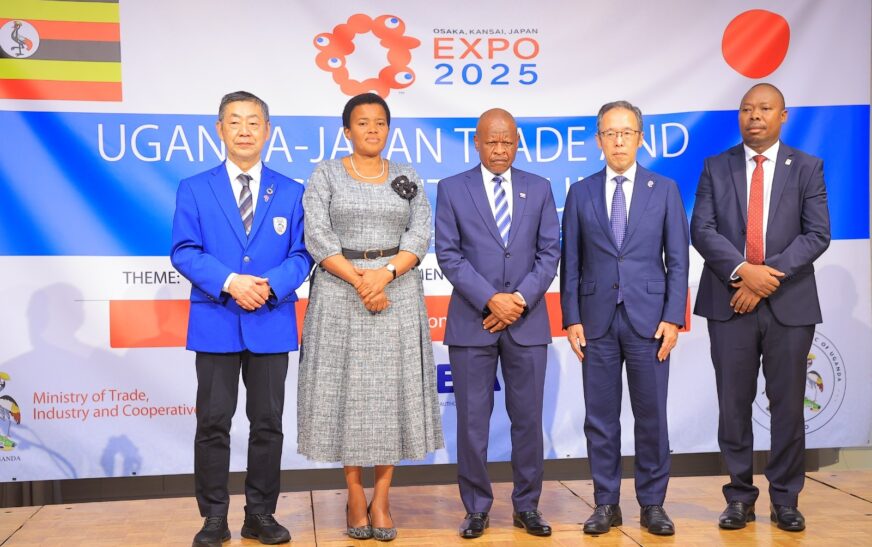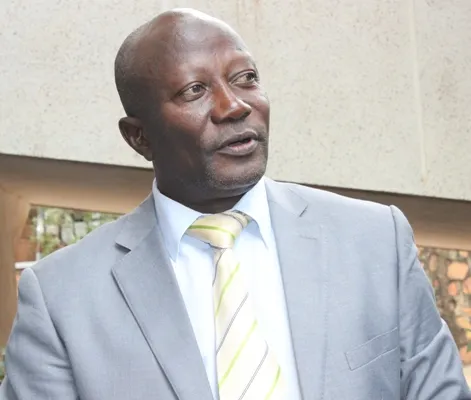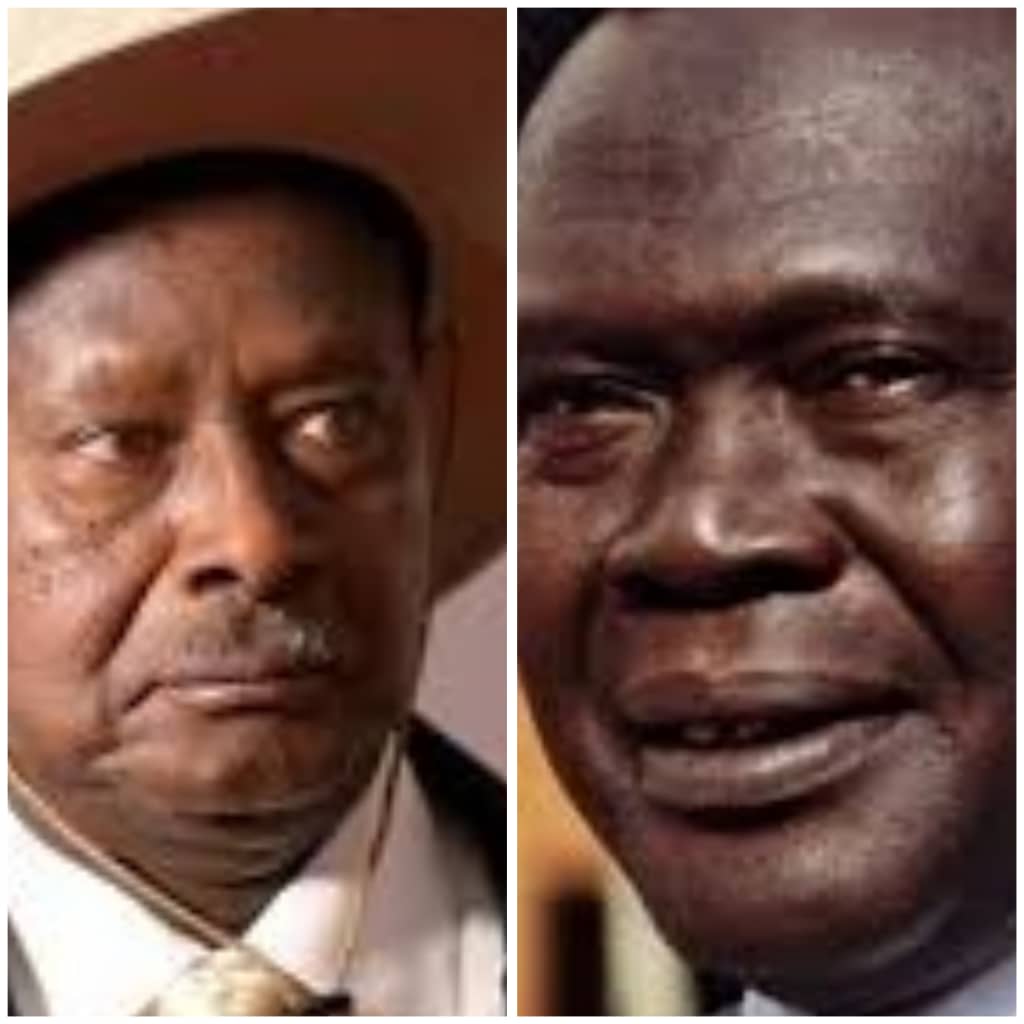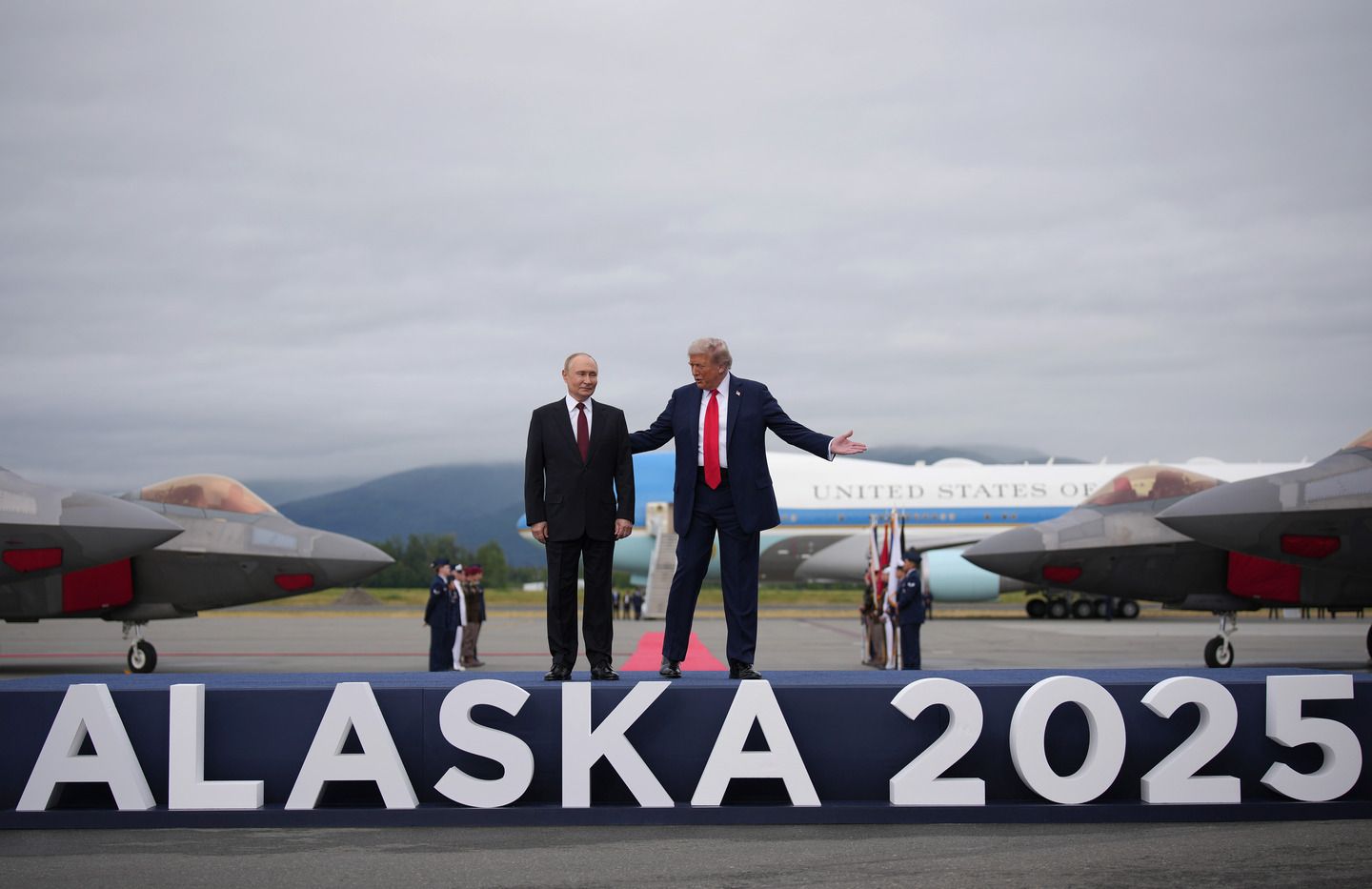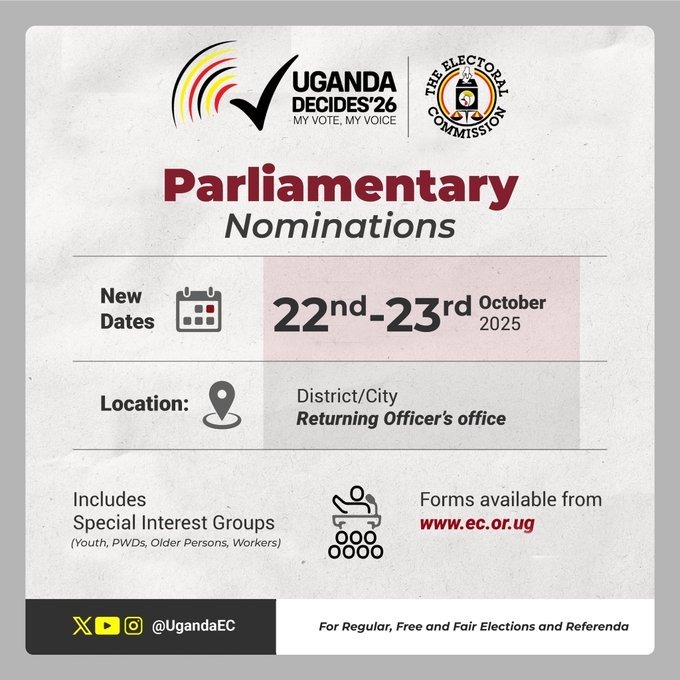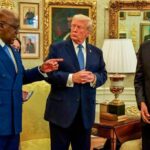The need for a real solution rooted in history
UNGA-80 convened under the theme “Better together: 80 years and more for peace, development, and human rights”. The focus was on the recognition of the two-state solution for Palestine.
Land as the national question
The two-state solution means the apportionment of 22% of land to ‘Palestine State’ and 78% to ‘Israel State’. The 22% consists of 17 enclaves within the current Bantustan system. This is unacceptable to Palestinians, the indigenous owners of the land. It will prove to be transition from Apartheid settler-colonialism to ‘democratic’ neo-colonialism.
South Africa as caveat for Palestine
In the 1994 transition from Apartheid settler-colonialism to democracy the new ANC government trapped itself in neo-colonialism by allowing the IMF to impose its ‘structural adjustment program’ (SAP) on South Africa. Three decades after the transition, about 87% of the land still belongs to Whites and 13% to Blacks with no program for agrarian reform and the redistribution of wealth.
The systemic economic problems of Apartheid are now even more deeply entrenched under neoliberal democracy.
If one were to visualize the future of a neo-colonial Palestine one has only to look at present-day neo-colonial South Africa.
The Cairo Palestine National Council meeting (1969)
The 1969 Sixth Session of the Palestine National Council resolution in Cairo:
- Rejected solutions leading to surrender, esp., UNSC Resolution 242 of 1967.
- Committed to ‘total and complete liberation of all the territory’ from world imperialism/Zionism.
- Prosecution of the revolution until final victory.
- Establishment of a Palestinian secular democratic state.
- Freedom from religious and social discrimination.
- Rejected all attempts ‘to impose influence, domination, repression or tutelage from any quarter’.
The Cairo Treaty of Peace (1979)
The elaborate 205-page Treaty of Peace, signed in Washington on 26 March 1979 is now a dead letter and that the Camp David “Framework for the conclusion of a Peace Treaty between Egypt and Israel’ is a corpse of history. Its main aims were for the ‘settlements in the Sinai’ and the ‘full autonomy in the West Bank and the Gaza Strip’. It reaffirmed that ‘Arab Jerusalem is an integral part of the West Bank.’ But it remained silent on Masjid al-Aqsa.
The Oslo Accord (1993)
The Oslo Accord gave a stillborn to the concept of two-state solution accompanied by a stillborn SAP, called the ‘Palestinian Fund for Reconstruction and Development’ (PFRD). As a financing mechanism it provided scope for private donors to co-finance World Bank activities in the West Bank and Gaza. The donors never showed up.
The European agenda
Europe is in the forefront of the push for two-state solution to save Palestine for itself as a strategic node in West Asia. In the same way, it is for Ukraine as another strategic node in Eastern Europe. Both these pushes are to shake off Europe’s dependency on USA that was imposed on it when USA financed the post-WWII reconstruction of Europe’s destroyed infrastructure.
The imperialist countries want to use Palestine as a tool in their rivalry. The first rivalry is between USA and Britain. The second rivalry is between Britain and France. Britain’s 200-year-old empire is in rapid decline with loss of access to raw minerals and the capture of its pound sterling by USA’s paper dollar. France has lost its power in the Sahel with loss of access to raw minerals and the rapid decline of its CFA franc (birthed in 1945) used by its fourteen former colonies in Africa.
British and French colonialisms
These two colonialisms had created four instruments of ‘international law’ to divide, with Russian assent, the greater Palestine region between them:
- Sykes-Picot Agreement (9 May 1916): Lebanon and Syria to France; Palestine to Britain; and Armenian provinces to Russia. The Arab countries and Turkiye only heard of this agreement after it was published.
- San Remo Conference in Italy (19-26 April 1920: The colonial powers agreed on a final framework of a humiliating ‘peace treaty’ with Turkey. France secured 25% share of Iraqi oil and the right to the territorial passage for oil.
- Treaty of Sevres in Italy (10 August 1920). The final abolishment of the Ottoman Empire was settled. Turkey renounced all rights over ‘Arab Asia’ but the new Turkish nationalists rejected the Treaty.
- Treaty of Lausanne in Switzerland (24 July 1923) The colonial powers and Turkey signed the final treaty to conclude WWI. The powers conceded a few demands of the defeated Ottoman Empire. Turkey lost control of Palestine, Syria, and the Hejaz (in Saudi Arabia).
Loss of signal from World Bank
The World Bank in 2010 signalled to the imperial powers that it was alright to lend money to Palestine by declaring that it was equipped to assume statehood. They, in their numbness to history, were already in the bad habit of opposing the recognition of the ‘Palestine State’ for eight decades. Suddenly, they are in the forefront of the recognition of the hypothetical racist neo-colonial two-state.
Fifteen years later Europe is scrambling to prop up the dead idea of two-state. They are now abandoning Israel for economic reasons and for the revival of their credibility amongst Arab and Muslim countries who are treating EU’s draft Pact for the Mediterranean with coldness. They are already rejecting European funding and partnership. EU funding of the Palestinian Authority to help it prepare for a vague statehood will prove to be wasteful expenditure.
Hamas’ response to Trump 20-Point Plan
The clinical response reiterates its long-standing commitment to the principle of negotiated diplomatic and political settlement. It reiterates its call for ‘an end to the war on the Gaza Strip, the exchange of prisoners, the immediate entry of aid, the rejection of the occupation of the Strip, and the rejection of the displacement of our Palestinian people from it.’ It further states, ‘the movement affirms its readiness to immediately enter … into negotiations to discuss the details.’ It reaffirms ‘Palestinian national consensus and support by Arab and Islamic backing.’ It refers to a ‘collective national position and in accordance with relevant international laws and resolutions.’
The complexity of negotiations involves the fact that since 1946 the UNGA passed about 700 resolutions and UNSC passed about 100 resolutions on Palestine.
The UNGA recognition of the two-state solution is subject to UNSC approval, which is constrained by USA veto power.
Greater Palestine: roots in history
The Holy Qur’an, as a primary source of history has a chapter with direct reference to Greater Palestine. One such chapter is Al-Rum (The Romans). Its subject is the Roman colonial conquest of Greater Palestine when – in accordance with Quranic prediction – the Romans conquered it in 622 CE, under Emperor Heraclius, and drove their enemy to the south of the Taurus Mountains in southern Turkiye.
The Quran refers to Greater Palestine as Bilad as-Shams (The land of the Sun). It consists of Palestine and the Mediterranean Sea to the Jordan River, Syria, Golan Heights, Jordan, Lebanon (partly), and Iraq (partly). Prophet Muhammad (PBUH) had made the intention to lead an army to conquer Greater Palestine from the Romans but death curtailed his noble intention. It fell upon his companions to fulfil his intention. The struggle for that fulfilment continues to this day. Hence, Hamas’ seeking of Islamic consensus.
Iran: the bulwark in West Asia
USA imperialism/Zionism views present-day Palestine resistance, with its ill-equipped guerrilla armies, as its ‘diminutive’ enemy, a flea on its back. It views the Islamic Republic of Iran, with its large missile capability, as the bulwark against its expansionism in West Asia. It uses Iran’s legal and peaceful nuclear program as a pretext to eradicate the bulwark militarily.
Iran’s infliction of a decisive military defeat on imperialism/Zionism in the historic 12-Day War (13-24 June 2025) was a demonstration of its capability.
It marked the beginning of a new period in history – the last phase of the decline and defeat of imperialism/Zionism in West Asia.
Mr Netanyahu had to plead to President Trump to get Iran to halt its unbearable counterattack. Trump had to withdraw his newly arrived military assets from the region. They unilaterally ceased fire but the state of war continues.
Shift of war to UNSC
The JCPOA was signed in 2015 but in 2018 Trump, unilaterally, withdrew the USA from it and re-imposed sanctions on Iran. This caused a diplomatic crisis. It proved that the USA and E3 were untrustworthy partners. The withdrawal was intended to cause internal unrest and disrupt social cohesion. As Iran had prepared for such an eventuality it had already developed additional international relations and continued with multilateral trade with China and Russia, the two anchor powers of the Global South. The worst effect was on the rial/dollar exchange rate volatility but soon stabilized. As a tool of psychological war, it had little effect because of patriotism and steadfast perseverance.
The European Troika (E3) of Britain, France, and Germany – as subordinate partners in JCPOA – remained in the agreement but stayed silent on the withdrawal. Instead, they circumvented the dispute resolution mechanism in the JCPOA to revert to an illegal snapback mechanism that reinstated all the sanctions that preceded JCPOA. UNSCR 2231 was an integral part of JCPOA. It lifted the six UNSC Resolutions that preceded JCPOA but re-imposed on 27 September 2025.
In spite of the USA/Israel bombing of its nuclear facilities Iran on 9 September 2025 signed a framework agreement with the IAEA to resume cooperation with it. The bombing had effectively suspended the cooperation. Its sixteen successive reports had confirmed that Iran was in full compliance with JCPOA requirements.
UNSCR 2231 with JCPOA as its annex, after a ten-year framework, expires on 18 October 2025.
The International Court if Justice in 1971 established the legal principle that a party that violates a treaty cannot invoke its provisions, viz., the snapback.
The abuse of UNSC Resolution 2231 is the continuation of economic war by diplomatic means.
By Haroon Aziz, South Africa

